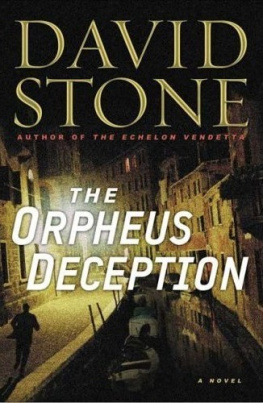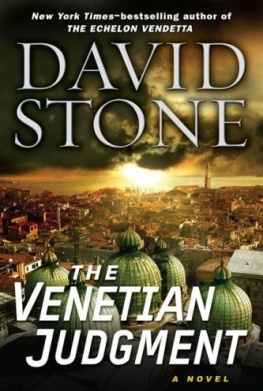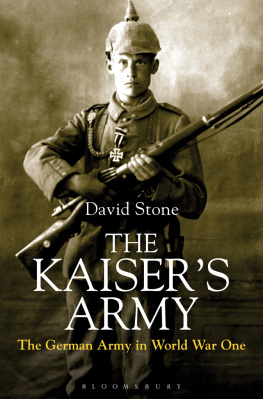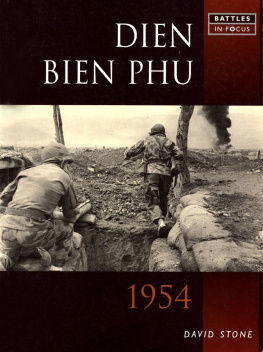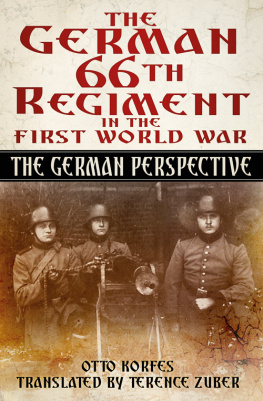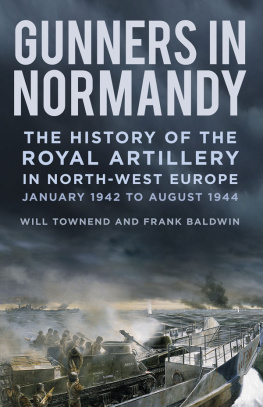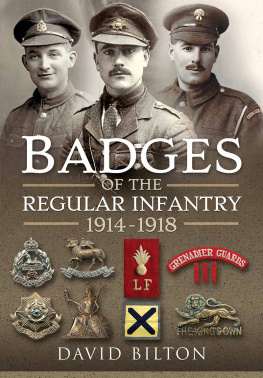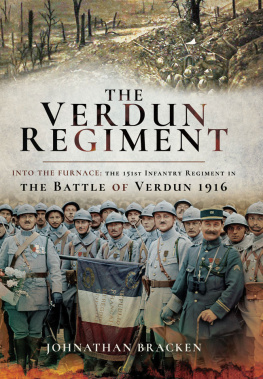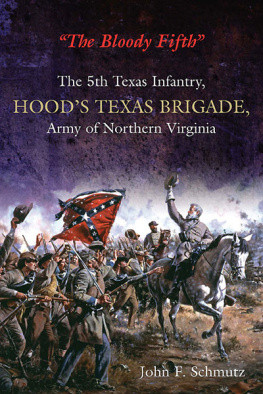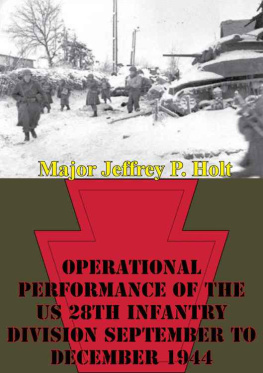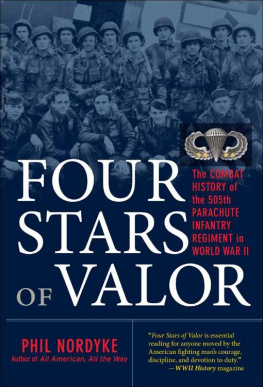Cold War Warriors

Tradition, regimental pride, military professionalism and the Duke of Edinburghs Royal Regiments maritime connection are all evident as the 1st Battalions Colours are borne ashore from HMS Swift on 1 DERRs arrival in Hong Kong, February 1988 (see page )
Cold War Warriors
THE STORY OF THE DUKE OF
EDINBURGHS ROYAL REGIMENT
(BERKSHIRE AND WILTSHIRE)
1959 1994
DAVID STONE
First published in Great Britain in 1998 by
LEO COOPER
an imprint of
Pen & Sword Books Ltd
47 Church Street
Barnsley
South Yorkshire
S70 2AS
Copyright c. 1998. All Rights Reserved 1997. No part of the enclosed title and text of
Cold War Warriors, burghs Royal Regiment (Berkshire and
Wiltshire) 9th June 1959 27th April 1994 may be reproduced, stored in a retrieval system,
or transmitted in any form or by any means, electronic, mechanical, photocopying, recording
or otherwise, without the prior written permission of the Copyright (c. 1997) owner, who is
the author David JA Stone. However, and further to this, those texts within the book that are
quoted directly from regimental archive material, such as The Journal of The Duke of
Edinburghs Royal Regiment (Berkshire and Wiltshire), or other sources, and which are
attributed as such within the text, remain the absolute preserve and property of the Regiment,
or of the author or originator of the source document as applicable.
David Stone, 1998
ISBN 0 85052 618. 3
A catalogue record for this book is available from the British Library
Typeset in Sabon by Phoenix Typesetting, Ilkley, West Yorkshire
Printed in England by Redwood Books, Trowbridge, Wiltshire
Cold War Warriors is dedicated to all those who proudly wore the silver cross patt and Chinese dragon emblem, together with its red Brandywine Flash, of the Duke of Edinburghs Royal Regiment (Berkshire and Wiltshire) between June 1959 and April 1994. However, it is dedicated in particular to all of those officers, warrant officers, senior and junior non-commissioned officers and soldiers and their families who served within, were attached to, or supported in so very many ways, the 1st Battalion, the Duke of Edinburghs Royal Regiment during the crucial period of world history that is today universally known as The Cold War. By this book may their deeds and contribution to that period of history truly be known and duly acknowledged.
.
The military services have become so much part of the national fabric that it is easy to assume that nothing about them ever changes. The fact is that they have grown and shrunk according to the political demands of the day; their equipment has changed regularly with the development of technology, while their structure and tactics have had to adapt to the nature of their employment.
The two World Wars demanded a huge expansion of the army, but, as soon as a semblance of peace was restored, need and economy dictated major reductions. The two regiments, The Royal Berkshire Regiment (Princess Charlotte of Waless) and The Wiltshire Regiment (Duke of Edinburghs), which were combined to make The Duke of Edinburghs Royal Regiment (Berkshire and Wiltshire), both had distinguished records of service since they were raised in the mid-eighteenth century and during the World Wars. However, by the late 1950s it became obvious that there were simply too many infantry regiments for the tasks that needed to be done. The amalgamation took place in 1959 and I was deeply honoured that they chose to call the new regiment after my title. Incidentally, The Duke of Edinburgh in the title of The Wiltshire Regiment came from Queen Victorias second son, Alfred, who was also my great great grand-uncle.
The reduction in the strength of the services would have been far more drastic had, what came to be known as, the Cold War not broken out between the Soviet Union and her war-time allies. The title of this book reflects the fact that the life of the Regiment coincided almost exactly with the Cold War. It saw much service in Germany, the front line of the Cold War, but events elsewhere during those years provided it with a multitude of other challenges. These tasks, frequently dangerous and often uncomfortable, were the outcome of international tensions and political decisions. With the end of the Cold War, there was yet another appraisal of the political situation and Options for Change was a euphemism for a further reduction in the strength of the military defence forces. The story in this book thus came to an end with the amalgamation with The Gloucestershire Regiment (28th/61st) in 1994 to form the Royal Gloucestershire, Berkshire and Wiltshire Regiment.
I am very grateful for this opportunity to pay tribute to all the officers and soldiers of this fine county regiment for their unstinting and loyal service over 35 years. I was able to visit the Regiment on many occasions in different parts of the world and I was always delighted to find everyone in the sort of good spirits that you would expect in a company of true Englishmen. Quietly competent, adapting without fuss to changing circumstances and situations, steadfast and self-confident without bravado and always with good humour and a willing spirit. It was a real pleasure for me to be associated with such a splendid body of men.
Very many people have been involved directly or indirectly with bringing Cold War Warriors to publication, and without their support this history would simply not have been written. Some thirty members and former members of the Regiment have, with great patience, completed the often onerous task of proof-reading, in whole or part, the early drafts, and for that work (with all that emerged from this analysis!) I am indebted. A number of other contributors are indicated within the text, or by their choice are shown as an officer, a soldier or similar. Inevitably, in identifying those who have been instrumental in bringing this project to fruition I will undoubtedly commit some errors of omission, and for that I can only ask the forgiveness of anyone so affected. However, I feel duty bound to express my special thanks to a number of those, both within and beyond the Regiment, whose advice, contribution or practical support has been absolutely indispensable. They include John Hill, Bill Mackereth and Basil Hobbs for providing the initial impetus, advice and support to put the project on track, and for suffering the proof reading of the drafts which followed; John Peters at the Regimental Headquarters (Salisbury) for his outstanding support, proof reading, research and further circulation of aspects of the book for verification; Derek Crabtree, John Roden, Graham Coxon, Colin Parslow, John Silvester, Peter Dennis, Lofty Graham, Mandy OHare, Martin Mac McIntyre and many others for reading, inputting text, locating photographs, considering and commenting on all or parts of the developing book in 1996 and 1997; and to Ian Wilkinson (as a non-Duke of Edinburgh) for his invaluable, perceptive and unbiased comments on the second draft, which he read and reviewed in detail in the margins of a busy operational tour in Former Yugoslavia in early 1996. I have also valued the advice, friendship and unfailing support of the historian, soldier and author Professor Richard Holmes, of the author Tony Geraghty and of my colleague John Beer: all of whom initiated me into some of the more practical aspects of getting published in the military history field. I am also indebted to Neill Jackson of the Media Centre at DISC, Chicksands for his invaluable advice and assistance with the technicalities and intricacies of word processing. My thanks also to Paul Firth of the Media Centre at DISC for reproducing many of the books illustrations from original regimental archive material. Finally, my particular thanks are due to the Regimental Trustees of the Royal Gloucestershire, Berkshire and Wiltshire Regiment, led by the Colonel of the Regiment Major General Robin Grist, without whose acknowledgement of the importance of this work and their consequent agreement to underwrite the publication of








